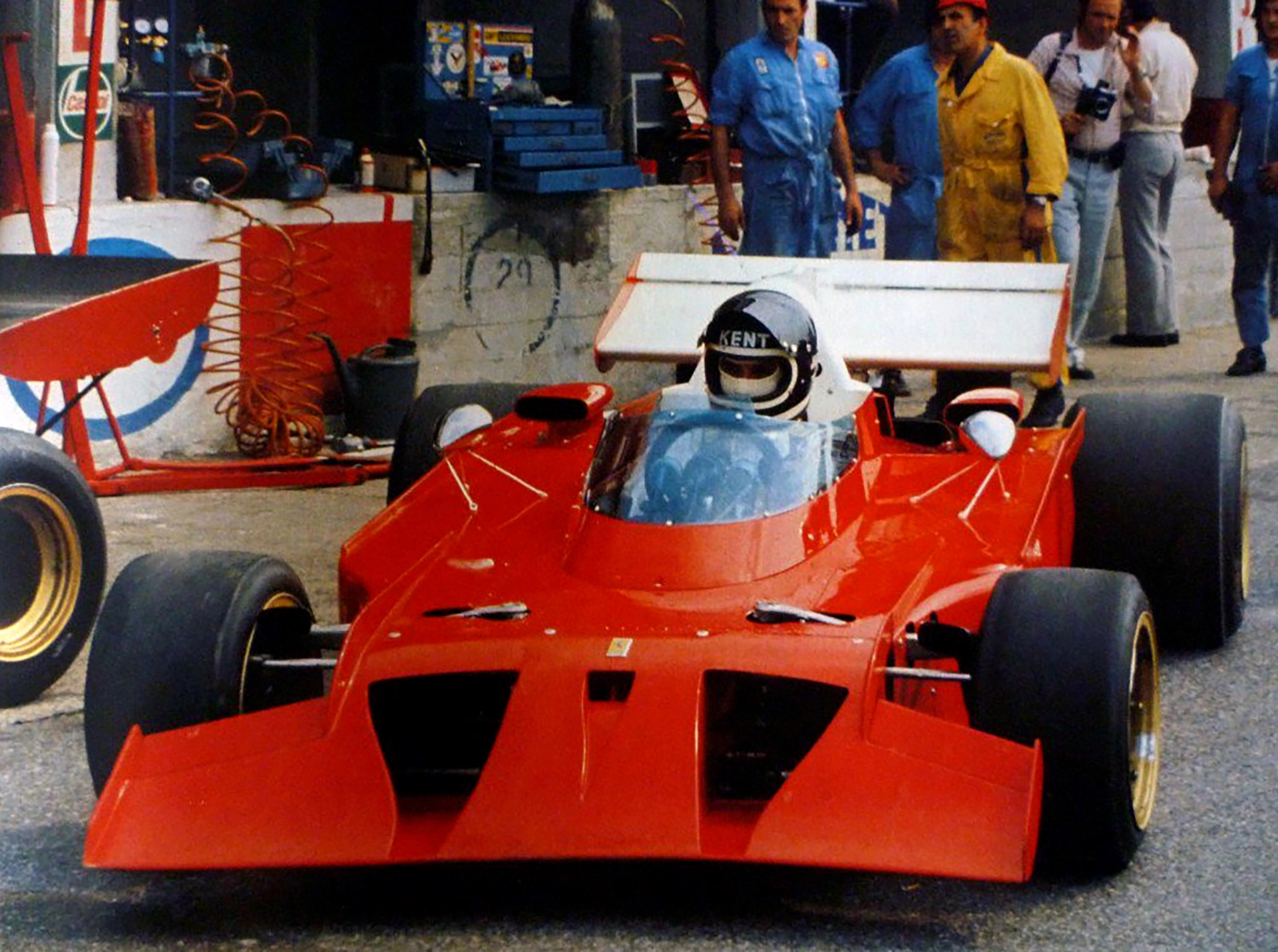Ferrari’s Technological Innovations Part 9: 1972. Spazzaneve and the Ground Effect
14 December 2024 7 min read 4 images

Photo credit: Ferrari, Wheelsage
Recent Formula 1 seasons have shown how critical a large flat surface (the so-called floor) is for optimizing airflow close to the ground. In the early 1970s, single-seaters were designed to be narrow for better air penetration, with downforce achieved through aerodynamic wings and fins, as we’ve seen before (click here to learn more). However, Mauro Forghieri, Ferrari’s brilliant chief engineer, noticed an unexplained phenomenon: with the same 312 B 3-liter 180-degree engine, the 312 PB dominating the World Sportscar Championship was aerodynamically much more efficient than the Formula 1 single-seater.
Register to unlock this article
Signing up is free and gives you access to hundreds of articles and additional benefits. See what’s included in your free membership. See what's included in your free membership.
Already have an account? Log In


